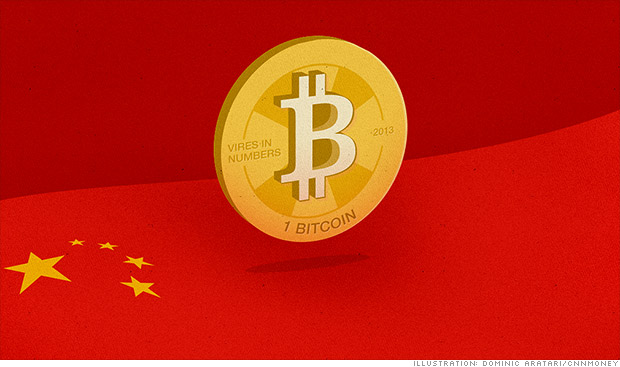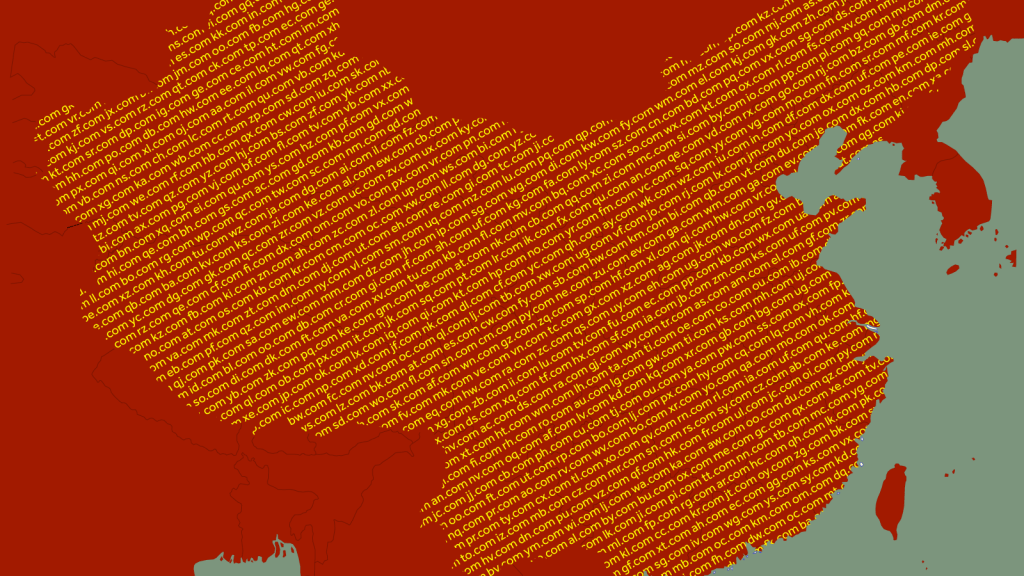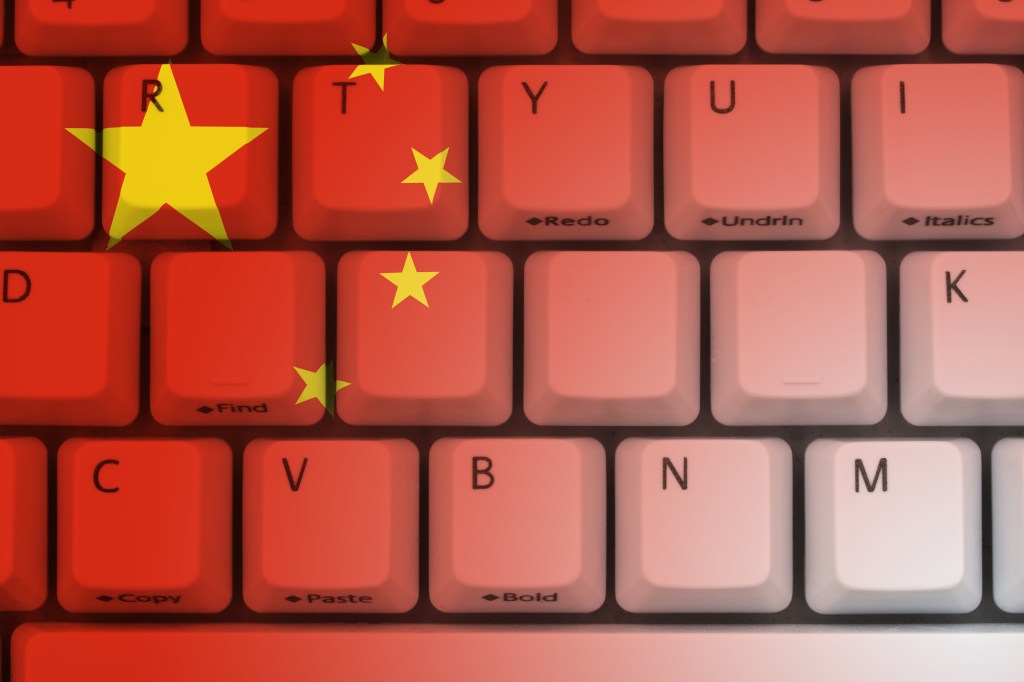
China’s ICO ban makes more sense in light of its history with fintech
By Nik Milanovic for Techcrunch
China’s decision to freeze fundraising through initial coin offerings continues to roil markets, but the regulatory decision may not be as controversial as the response from the bitcoin community would lead observers to believe.
On Monday, the People’s Bank of China announced that it was implementing a freeze on fundraising through ICO’s on Chinese exchanges. (Here is the original announcement, for Mandarin speakers.) The move by China’s central bank, which is roughly equivalent to the Fed in the US, looks at first blush to be a blunt response to a nuanced issue.
Many in the US have chided the PBOC for its apparent overreaction. AngelList co-founder Naval Ravikant called the policy a “huge gift to Silicon Valley and its resident financiers.” VC Fred Wilson penned a thoughtful post comparing China’s approach to that of the SEC in the US, opining that “We needed a cooling off period and if China’s actions are that cooling off period, then I welcome them. However, a blanket ban on ICOs seems like bad policy to me.”
The news is ultimately, like all things blockchain, speculative. ICO trading has been frozen on exchanges, and exchanges are complying with government demands to offer refunds. The PBOC is mulling freezing bank accounts tied to ICOs. Local regulators have a list of 60 major platforms they plan to inspect. And, in a partial walk-back, “a Chinese official has clarified the position saying that China will look to resume ICOs in the future after establishing licensing regulations.”
So the net status of the ban is:
-
No one is sure exactly what it means or how it will be applied;
-
Platforms and investors look generally eager to comply, even in spite of the short-term operational pain; and,
-
It may be a temporary stopgap measure while the government decides how to regulate cryptocurrencies.
This status creates a lot of uncertainty, but with a government known both for far-reaching measures and for keeping its cards close, that may be by design.
From the perspective of US and European financial markets, this reaction seems like a drastic one-size-fits-all policy for a nuanced ecosystem, calling to mind the idiom “if all you have is a hammer, everything looks like a nail.” However, China’s context provides four specific insights that somewhat reframe this policy:
An ever-evolving financial regulatory regime
In the period following Chairman Mao Zedong’s death leading up to 1989 (when communism began to reform throughout Europe), China went through some of the most important regulatory reforms of the past century. The country implemented its Open Door Policy in 1979, allowing China up to foreign businesses.
China’s private sector grew massively alongside east Asia’s “tiger economies” in the 1990’s, with further reforms in 1998 bolstering private property rights, shutting down government monopolies, and stimulating competition in the global private sector. In perhaps the most important development in its public markets reform, the government greenlit the Shanghai Stock Exchange, which opened up in 1990.
During this growth phase, millions were pulled out of rural poverty, and GDP per capita grew by almost 20x (better than just about any VC multiple.) This astounding rise in the wealth and purchasing power of Chinese citizens created a de novo middle class of investors almost overnight. This middle class, reminiscent of America’s in the roaring 20’s and postwar 50’s, is a ravenous source of global consumption and investment in financial products such as stocks, bonds, alternative finance, and, yes, bitcoin.
But the question of how to regulate speculation and protect middle class investors has not been an easy one to answer for China. As Brookings notes, China’s financial system is “highly opaque and evolving rapidly. Every decade sees major changes in the regulation, structure, and operation of finance in China, consistent with the rapid changes in the nation’s overall economic and political development. Only a few decades ago the private financial sector virtually did not exist.”
The dual goals of any securities regulatory regime are to 1) protect investors (especially unsophisticated, mom-and-pop investors) and 2) avoid deterring innovation. Sometimes these goals are harmonious, but frequently they conflict.
In a country with a stock market less than 30 years old, it’s little wonder that investor protections may not yet have evolved to be comprehensive enough for the complicated ecosystem of alternative finance. Imagine China having to replicate the regulatory framework that took decades to develop in the US following the 1929 stock market crash – all in less than 30 years!
This kind of uncertain environment is perfect for scammers, or what Matt Levine calls “hucksters and hype and bubbles and disaster.” Without organizations like the SEC, CFPB, and FINRA to protect massive nest egg of the Chinese middle class, blanket bans like the PBOC’s on ICOs look somewhat more reasonable as a stop-gap measure to avoid massive fraud and loss.

A sketchy recent past for financial technology in the Middle Kingdom
The fledgling financial regulatory regime in China, married with the growth of fintech over the last 7 years, has created a perfect environment for booms and busts, frauds and scams, and losses for unsophisticated investors.
China’s stock market is dominated by individual investors, who make up close to 85% of traders. Compared to the plurality of ETF’s, hedge funds, and institutional investors the US, the traders on the Shanghai are remarkably new to investment.
In 2015, encouraged by government media outlets, speculative mainland investors poured into China’s stock market and created a massive bubble, taking on debt to do so. ‘Tech’ companies inflated their share price by 10% just by changing their name. This all crashedspectacularly in June 2015 (black Monday and Tuesday), wiping a third of the value off the market and bankrupting many retail investors.
In the peer to peer lending space (in which I used to work) China is conversationally referred to as the ‘wild west’ of fintech. Thousands of platforms sprung up almost overnight in China, promising to transform mom-and-pop savings into productive debt investments. These exchanges had raised a staggering $59 billion from unsophisticated investors by early 2016.
One in three of the country’s 3,600 platforms failed and shut down, including marketplaces like Ezubao, which defrauded over 900,000 investors out of $7.6 billion. It’s almost impossible to imagine American or European regulators allowing unaccredited investors to be exposed to comparable schemes at such a magnitude of scale.
In the peer to peer space, the PBOC had a very similar reaction to its recent ICO ban, imposing strict limits on the online lending industry to curb the risks of “shadow banking.” The only difference was that the online lending restrictions came too late, in the wake of massive investor losses. By temporarily banning ICOs, it would seem that the PBOC is making an effort to learn from its prior laxity, if maybe overcompensating a bit.

A story we’ve seen before
On a broader historical scale, China’s lurching integration into the global markets invites comparisons to the private sector growth of the other Cold War hegemon, the Soviet Union. Fortunately, China’s opening and liberalization have taken a more lucrative path for the country and its citizens, no doubt learning from the failures of the USSR.
In the early 1990’s following the fall of the Berlin Wall, the USSR began to dissolve its state owned enterprises as part of its privatization plan. All in all, it’s estimated that 45,000 state-run firms were split up and their shares distributed. The government ‘sold’ off these firms in the form of vouchers from 1992 to 1994. In those years, shares in state enterprises were handed out democratically to 98% of the Soviet population, from children to grandparents.
Shares were equally distributed in order to avoid ownership concentration among Russia’s mafiosos and rich bureaucrats. However, the recipients were often poor, hungry, unsophisticated investors, who quickly sold off their vouchers to savvy speculators, allowing a few to become very rich off aggregated ownership of state assets, while many remained impoverished.
ICOs today present a parallel but reverse opportunity to Chinese retail investors. Savvy speculators with whitepapers offer mom-and-pops investment opportunities in vaporware, which could wipe out savings and wealth in much the same way the Russian voucher-speculators did, if left unchecked.
A pesky capital outflow problem
One last condition sheds added light on China’s ICO ban: the phenomenon of capital outflows. Dovetailing from the Shanghai stock crash in 2015, domestic assets in mainland China began draining from the country en-masse. The below graph shows the crazy reversal of 2015 and 2016, when China changed from an investment destination to a porous source of capital flight.





